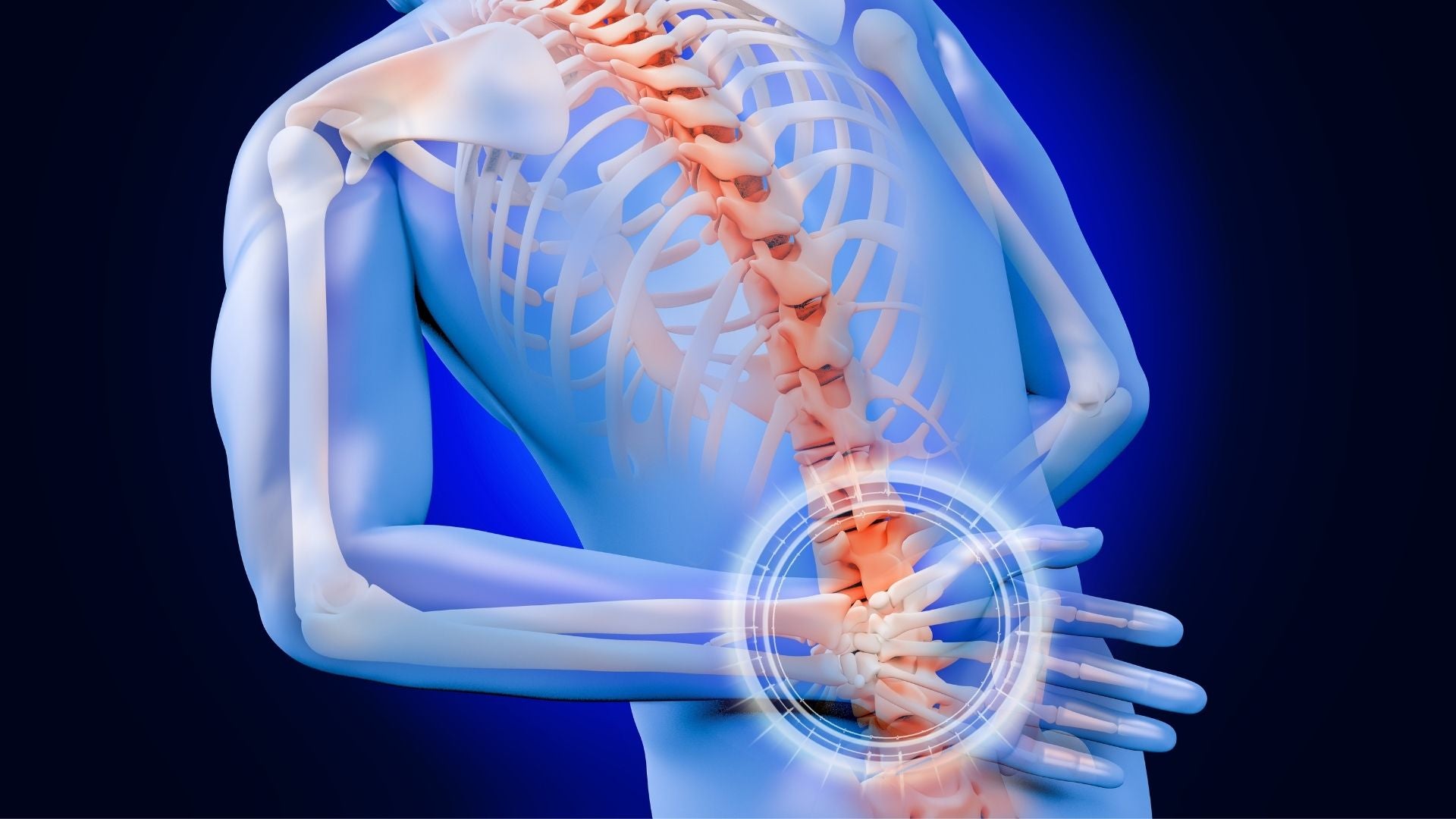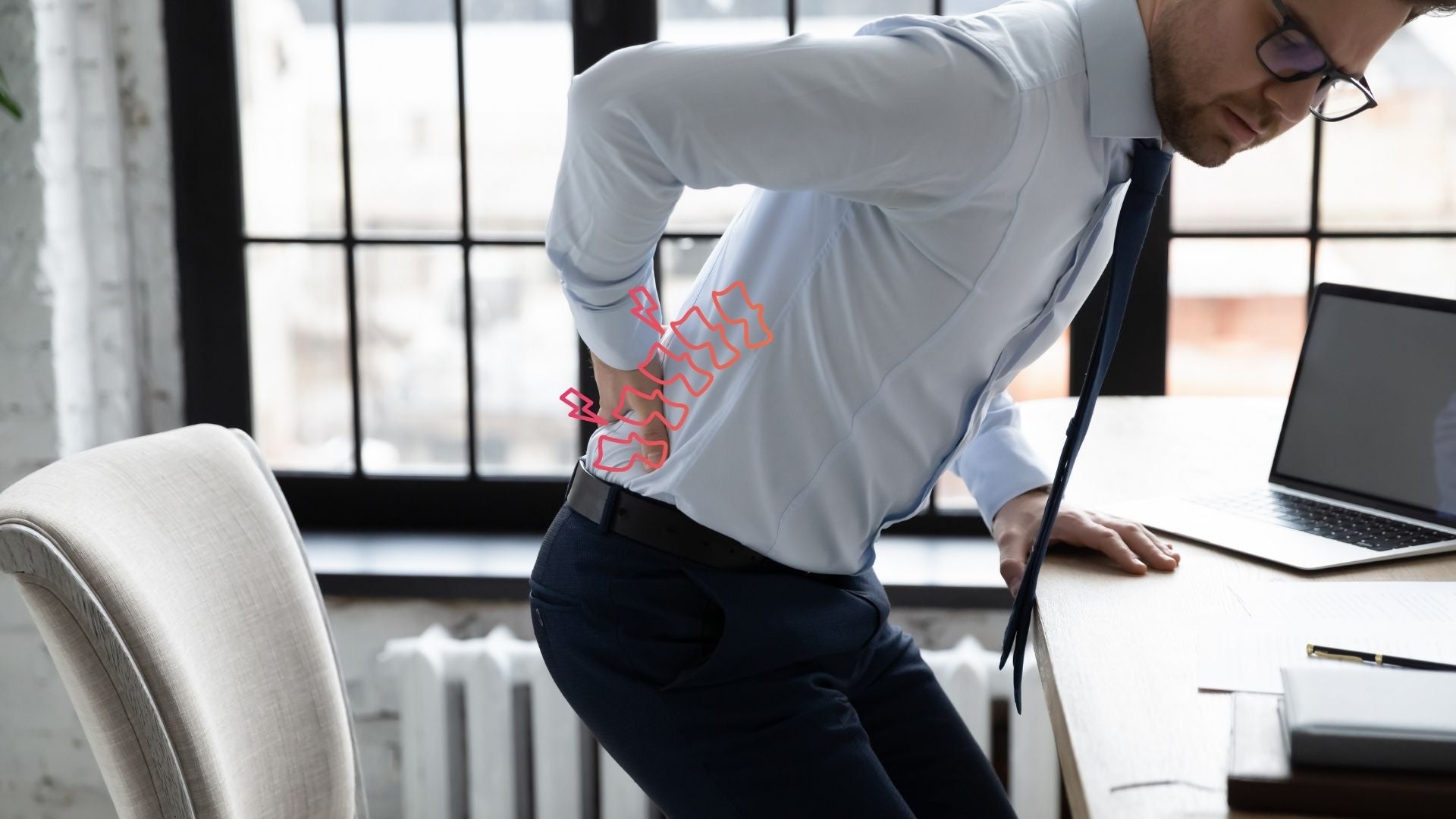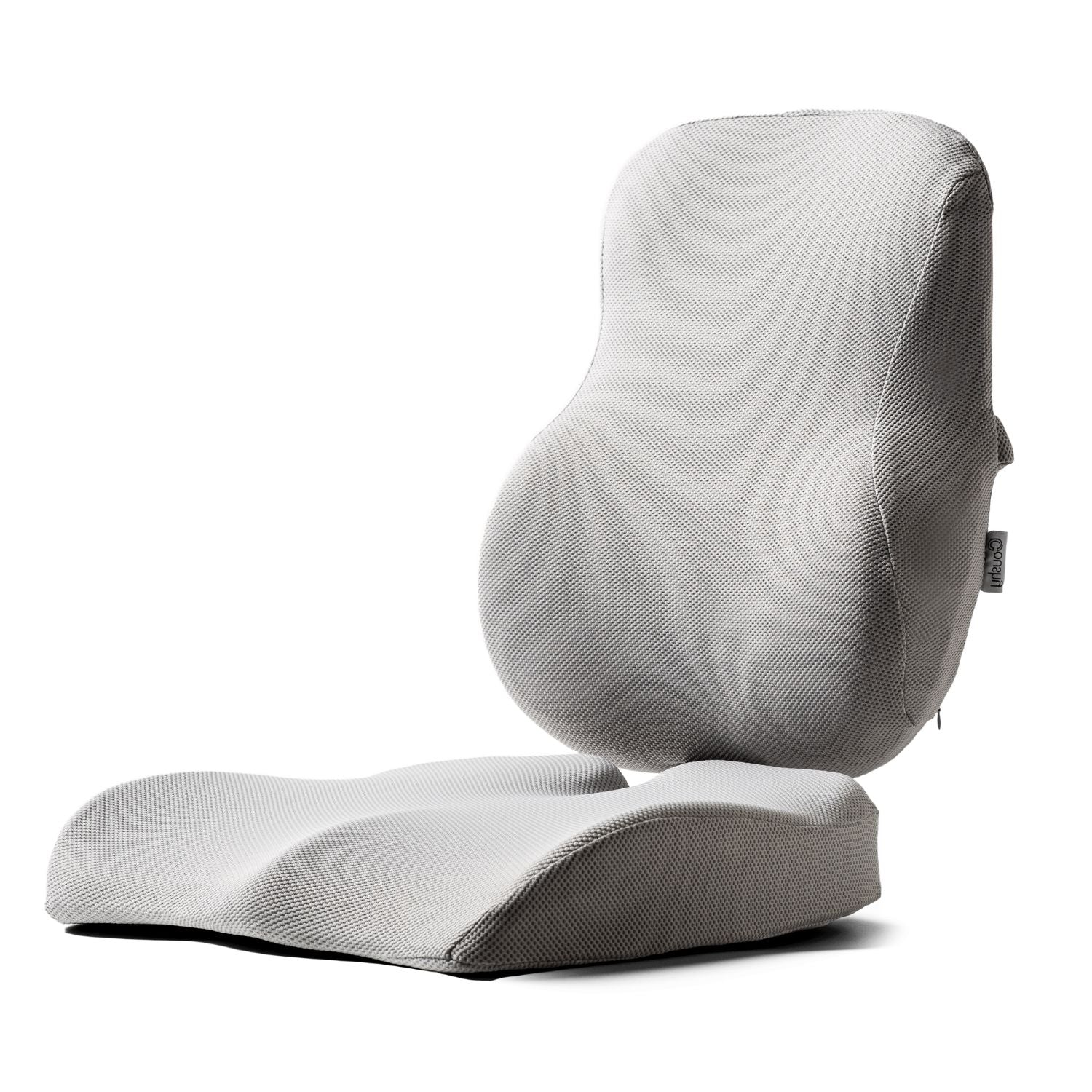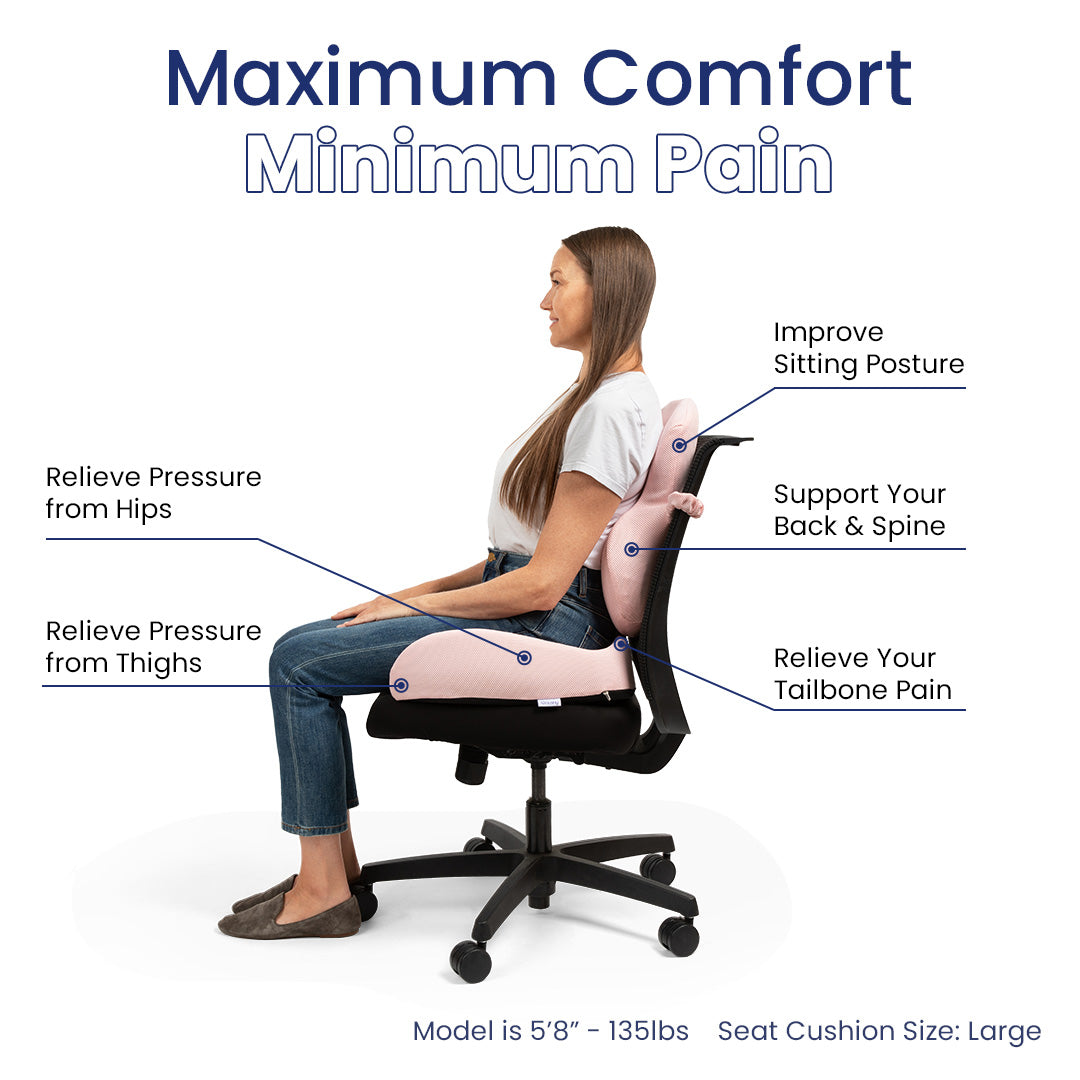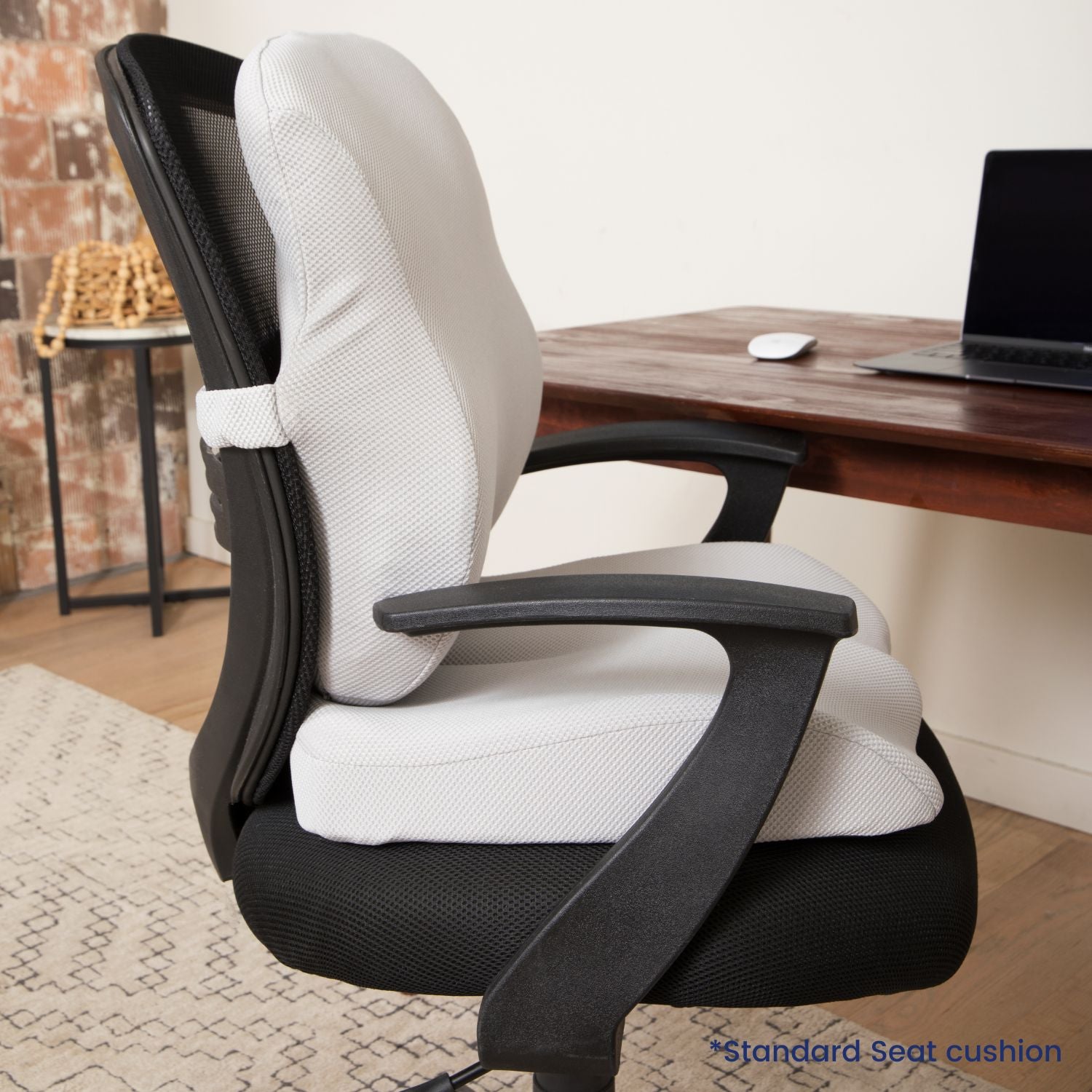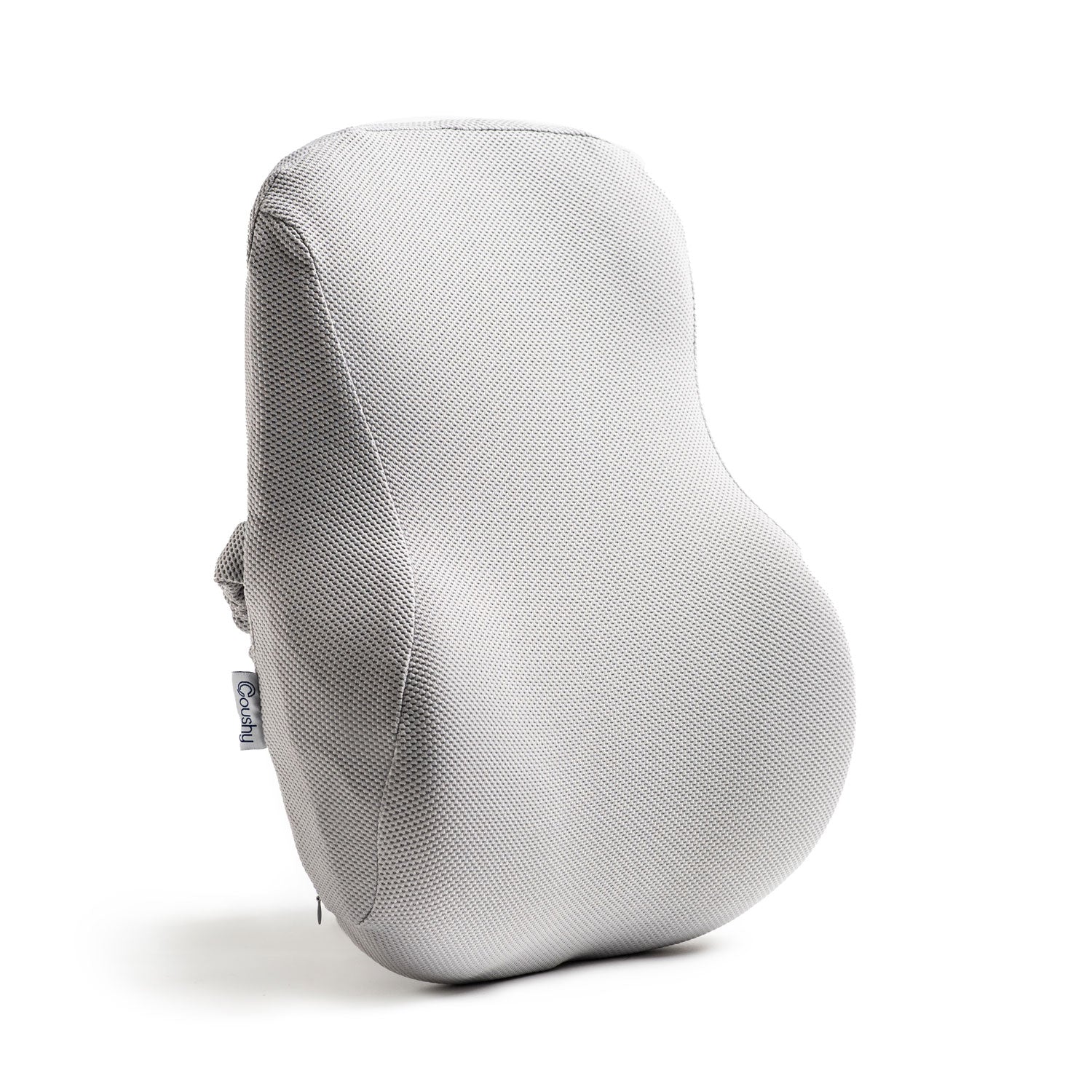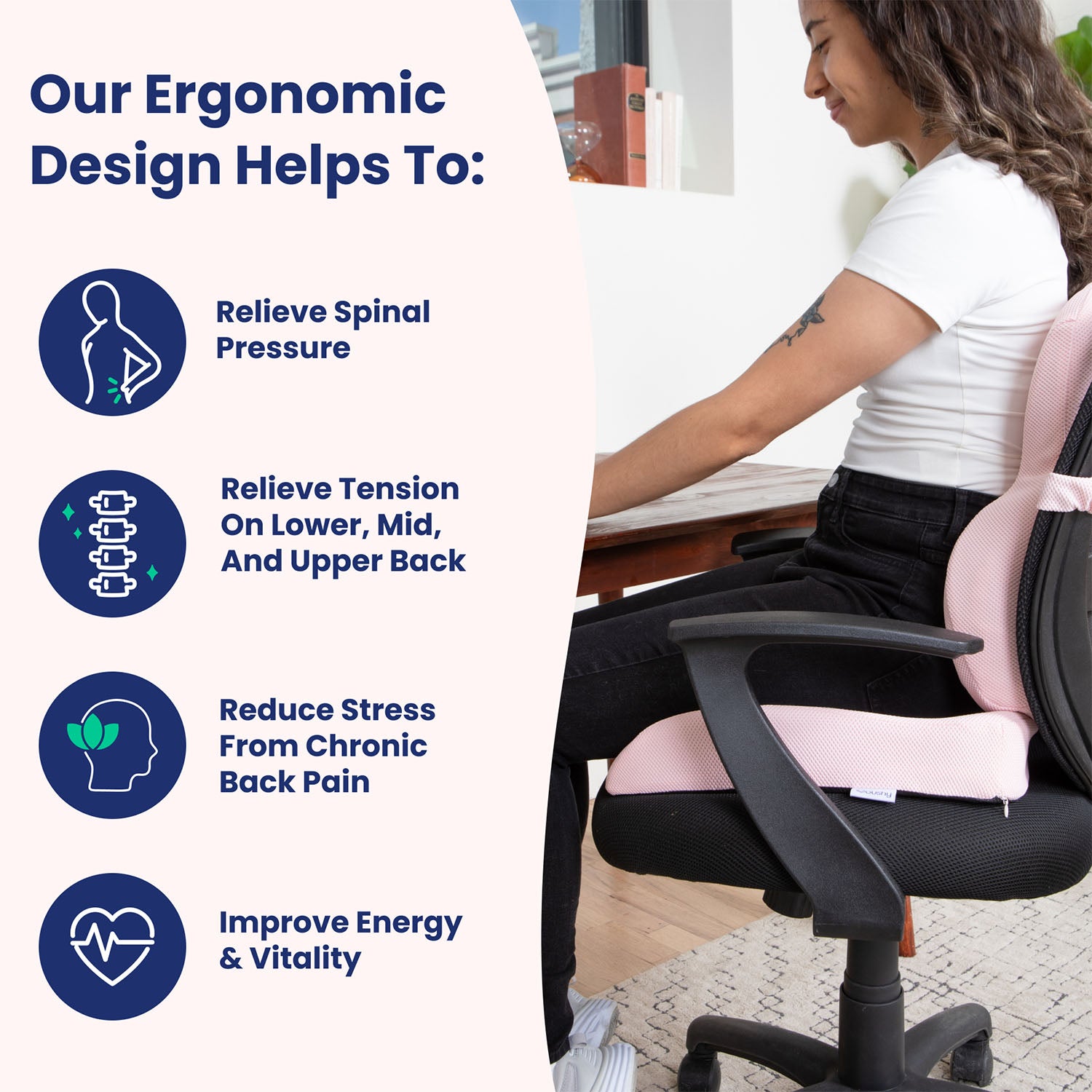Did you know that wearing inappropriate shoes could cause the back to feel stressed? Shoes are cushions, foundations, and levers that we use to walk, stand, run, job, and so on. If one wears correctly, fitted shoes will promote a healthy posture. On the other hand, if one wears unsuitable fitting shoes, look out feet and back.
The feet are the number one target the starts normal back pain. In short, the first thing that hits the ground when you start to stand or walk is the ball of your foot, i.e. the heel. Once the heel hits the surface, the remaining sections of the foot start to follow, which promotes weight and stress throughout areas of the body. Feet problems alone can lead to back pain. Poor posture causes back pain, yet the condition is often characterized by inappropriate actions we take.
Fact: Wearing high-heels will slowly pull the weight of the entire body forward, thus corrupting the posture and arches of the back. Hold your weapons down women, because in time you will feel pain. High-heels are the leading cause of “Spondylolisthesis. In the short term, spondylolisthesis is a condition that is caused by slipping frontward on the lower back. (Lumbar)
The toes are designed to provide us support, yet when a person wears high-heels it causes the toes to affect the joints, since the toes will narrow, causing weight or pressure to the spine. Now, high-heels are sexy to both men and women, yet these heels are going to cost you a fortune down the road. You can look good in supported shoes that fit comfortably without damaging your ligaments, tendons, nerves, muscles, and so on.
Sorry to pop your bubbles boys and girls, but shoes that support our spine can reduce the odds of experiencing back pain.
How to choose shoes:
Orthotic shoes are recommended. Orthotic shoes will support the feet and weight-bearing joints and muscles. Orthotic shoes have proven to reduce dysfunctions that emerge from the neurological system. In addition, supportive shoes have proven to reduce injuries and pain emerging from abnormal conditions.
If you are diagnosed with posture conditions, such as osteoporosis, or gait, you can benefit from Orthotic shoes.
Fact: Did you know that you could wear two or more insoles, fit the insoles into your shoes prior to flipping them over, and achieve balance, which promotes a healthy spine?
Shoes make a difference to our spine, since the feet alone when abnormal can lead to back pain. If you are not wearing, supportive shoes that provide you with a comfortable fit, you may want to invest in Orthotic shoes to relieve your back pain.
In addition to shoes, you can perform stretch workouts, and practice leaning, sitting, and lifting strategies to correct your actions and reduce back pain.
Fact: If the spine is misaligned, it can lead to back pain.
Duh, you knew that. Anyway, we misalign the spine when lifting incorrectly, wearing unsuitable shoes, and leaning, or sitting in position, incorrectly. You can correct the problems by getting the ball and chain in motion, and learning about your condition, followed by taking action to relieve your pain.
Fact: Proper lifting starts at the thighs and buttocks. Millions of people lift while relying on the back to hold the weight. Back pain occurs.
When lifting heavy objects you want to avoid lifting at a distance. At best, you want to avoid bending the knees and expanding the trunk perpendicularly.
Prepare to take out your briefcase. Surely, you have around 20 pounds of weight inside the container. Otherwise, consider an object that weighs 20-pounds, unless you have been restricted to lifting.
What you are about to do is lift more than 20-pounds. By the time you get in position and use your muscles, you will have lifted up to 200 pounds. When you lift the briefcase or other object move close to the subject. Move the trunk or torso in position by placing it over your feet. Remain in position until you have completed your lift.









